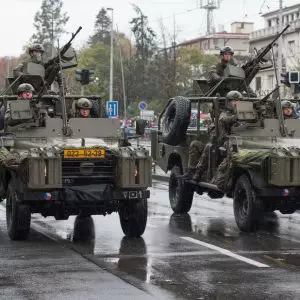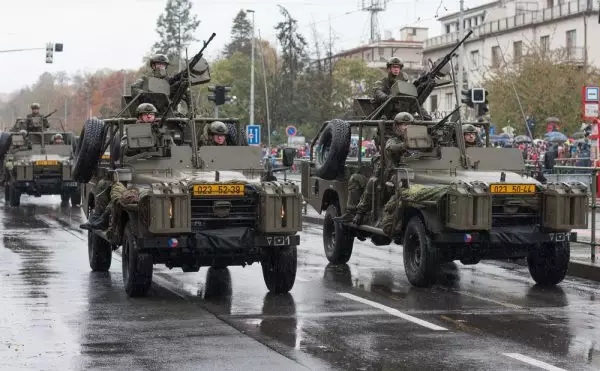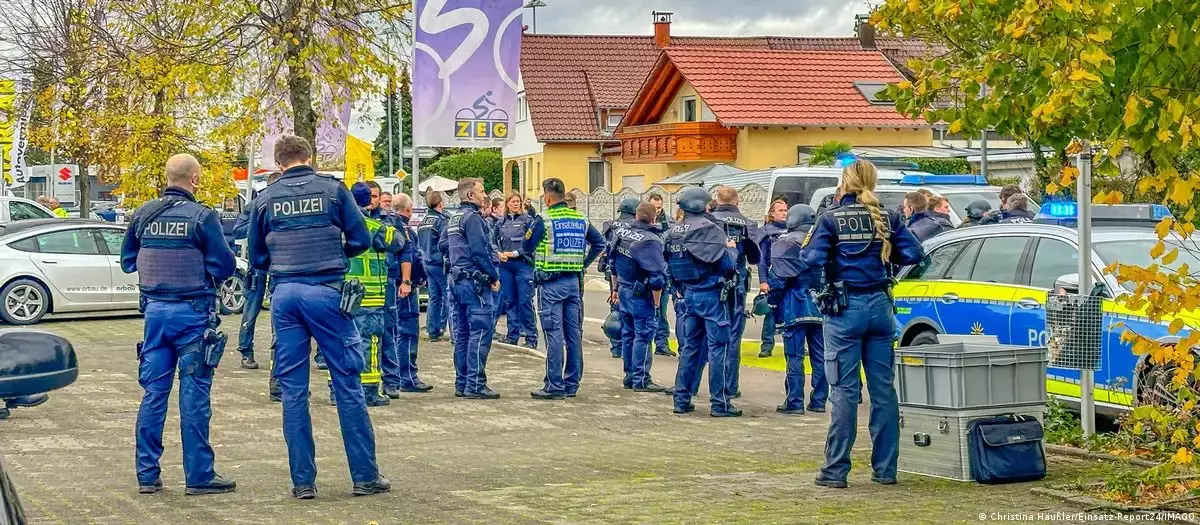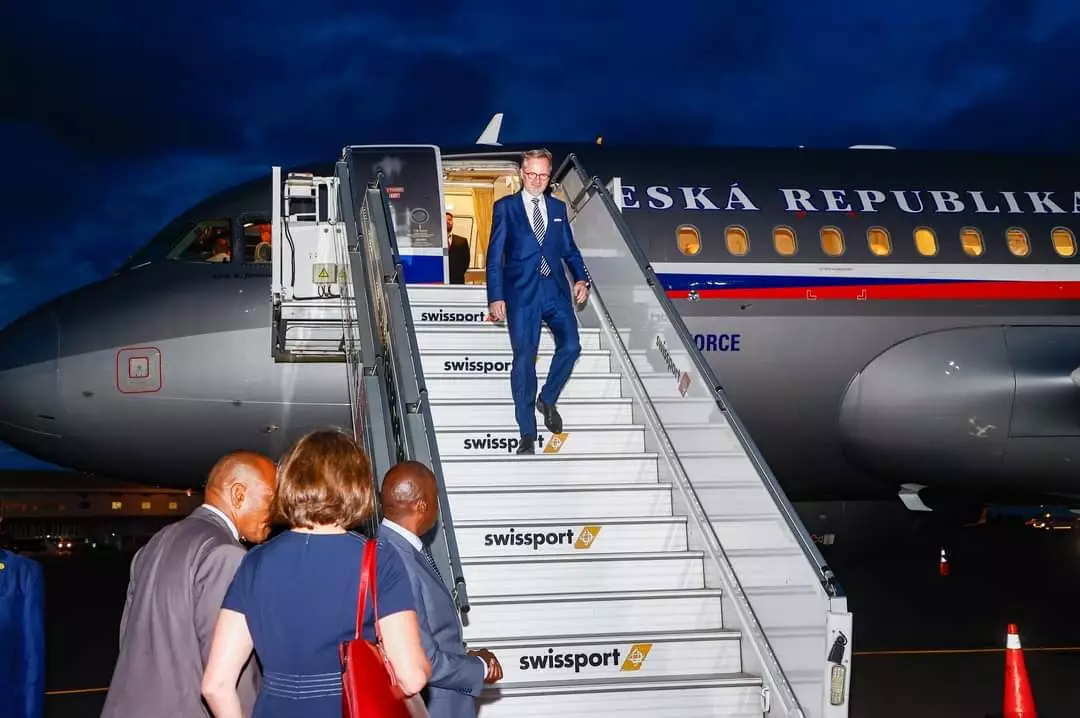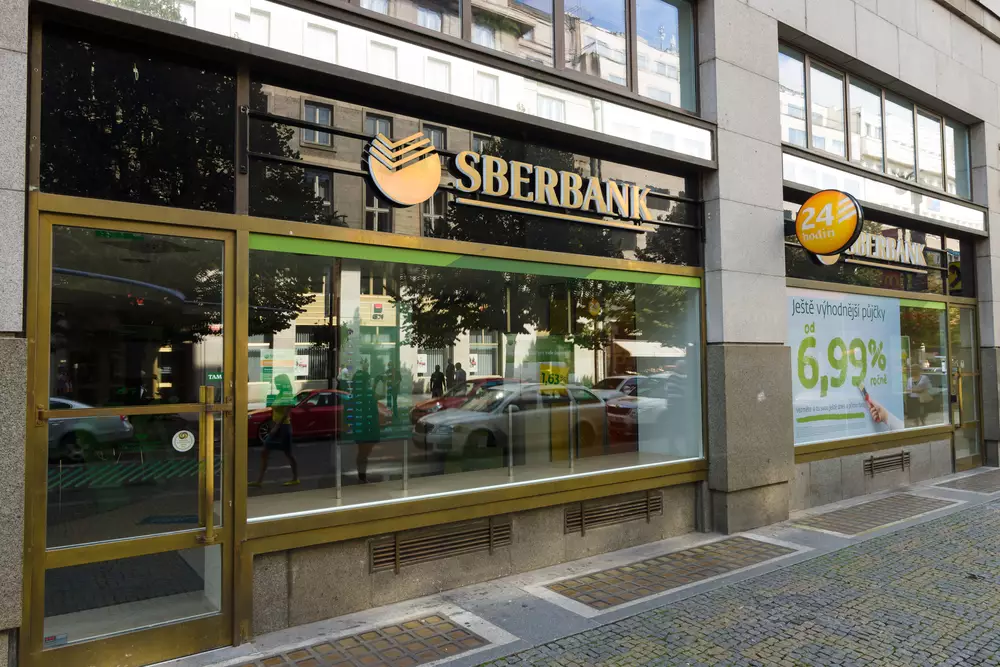Ceske Budejovice, South Bohemia, June 12 (CTK) – South Bohemian and Bavarian scientists are creating a virtual map of the “vanished” localities in the Sumava mountains that spread along the country’s southwestern border within a joint project, Czech team head Libor Dostalek told reporters on Monday.
The experts use historical photographs, old maps and computer simulations to virtually reconstruct the places that disappeared from the Sumava landscape after the end of WWII in 1945.
During the first phase, Czech scientists from the University of South Bohemia and their colleagues from the Technical University in Deggendorf will examine 40 places.
The project, which started last autumn, will last three years.
The costs are put at 22 million crowns, 85 percent of which will be covered from EU subsidies.
The team will focus on the places that ceased to exist fully or partially or that were restored. They will reconstruct some significant buildings in a 3D format.
The Czech and German experts have selected Sumava intentionally.
“This is a border area that connects us and besides, this locality was considerably changing as a consequence of the war and the post-war transfer of the original (German-speaking) inhabitants,” Dostalek, from the Faculty of Science of the University of South Bohemia in Ceske Budejovice, said.
The team will launch a trial version of the map available to the public in the autumn.
The scientists need dozens of old photographs and data to reconstruct the exact appearance of a lost place. They use archive documents, historical maps as well as aerial photographs and relics in the landscape. They will also work with data from the airborne laser scanning of the surface by LiDAR (Light Detection And Ranging) devices, Dostalek said.
The Photo Studio Seidel Museum in the UNESCO-listed Cesky Krumlov, south Bohemia, will also participate in the project. It owns an archive of 122,000 period photographs, including the pictures of Sumava villages, settlements, inhabitants and wildlife, taken by the studio owner, Josef Seidel, at the beginning of the 20th century.
There are more than 300 villages and more than 1000 settlements, secluded dwellings and farmsteads in south Bohemia that ceased to exist.
Several books depicting the “lost face” of Sumava were published in the past few years.
The scientists from the universities in Ceske Budejovice and Deggendorf cooperate in other projects as well.
They will be looking for trees hit by the bark-beetle with the aid of drones in Sumava. This year, they will test the respective equipment and next year, they will launch their measurements in the Sumava forests.
The Czech costs of the bilateral project amount to three million crowns this year alone.


